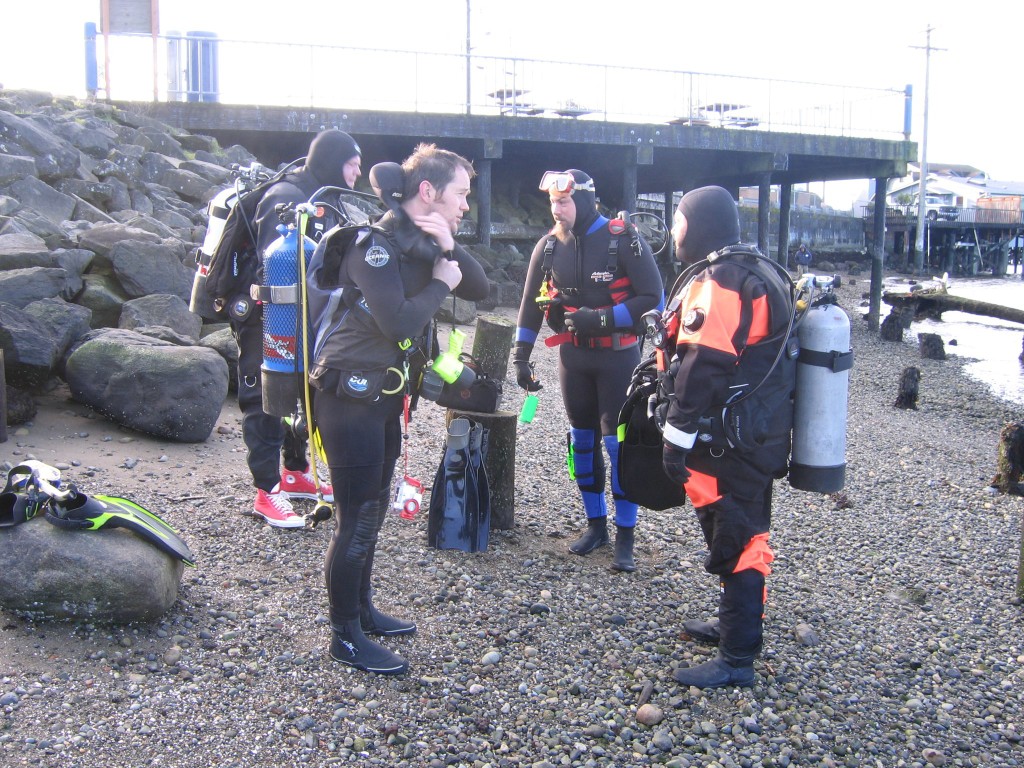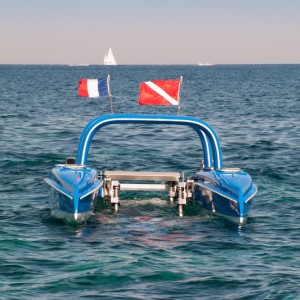Scuba Happy Welcomes you.
What Is Buoyancy?

Plucked from the AI that wrote this.

Buoyancy, also known as upthrust, is a gravitational force that causes an object to float in a fluid. It’s the result of pressure differences on opposite sides of an object that’s partially or fully submerged in a fluid with measurable density, such as a liquid or gas. As the weight of the fluid above increases with depth, the pressure at the bottom of the fluid is greater than at the top. This pressure difference creates an upward force on the object, which is equal to the weight of the fluid that would otherwise occupy the object’s submerged volume.
Buoyancy, or upthrust, is a gravitational force, a net upward force exerted by a fluid tha…
The magnitude of the buoyant force is influenced by several factors, including:
- Object density: Objects that are less dense than the fluid are more buoyant and are more likely to float. For example, objects in salty water are more buoyant because salt makes water denser.
- Object volume: The more volume of the fluid an object displaces, the greater the buoyant force it experiences.
- Fluid density: The density of the fluid also affects buoyancy.
If the buoyant force is greater than or equal to the weight of the object, it will float. If the buoyant force is less than the object’s weight, it will sink.
Buoyancy is important in many engineering applications, such as the design of ships and submarines. It’s also the reason why boats float, balloons rise, and people feel lighter when swimming
When i first learned to Scuba Dive in the Air Force we learned Buoyancy, there is positive buoyancy and negative Buoyancy and the one we all strive for as divers Neutral Buoyancy, not being able to become neutral buoyant can be stressful for a new and seasoned diver. We must be able to use our BCD to release air to become less buoyant and add more air to the BCD to become more positively buoyant. Check out this link to an explanation of buoyancy BUOYANCY. As you can see there is alot to consider when diving reguarding buoyancy.

Neutral buoyancy is when an object’s average density is the same as the fluid it’s in, causing the buoyant force to balance gravity. This means the object will neither sink nor rise, but instead hover between the surface and the bottom of the water.
Neutral buoyancy is important for scuba divers, who need to be able to control their buoyancy to maintain their depth and avoid hitting things underwater. To achieve neutral buoyancy, a diver’s weight and gear must equal the weight of the water they displace. However, breathing can make this difficult because it constantly adds and removes air, which changes the diver’s buoyancy.
Submarines are another example of objects that can be neutrally buoyant. Humans are also roughly neutrally buoyant because they’re mostly made of water. Thanks For Reading Greg

